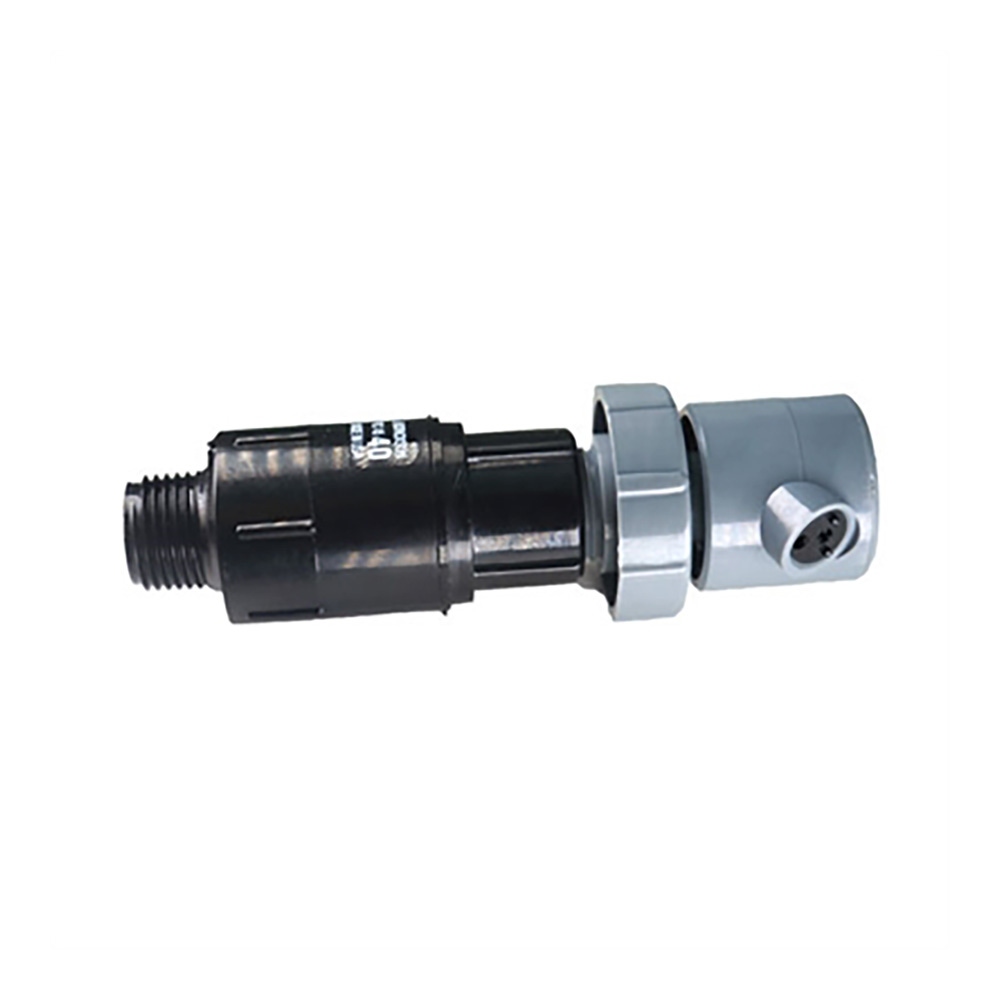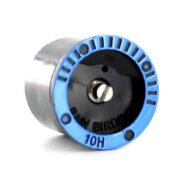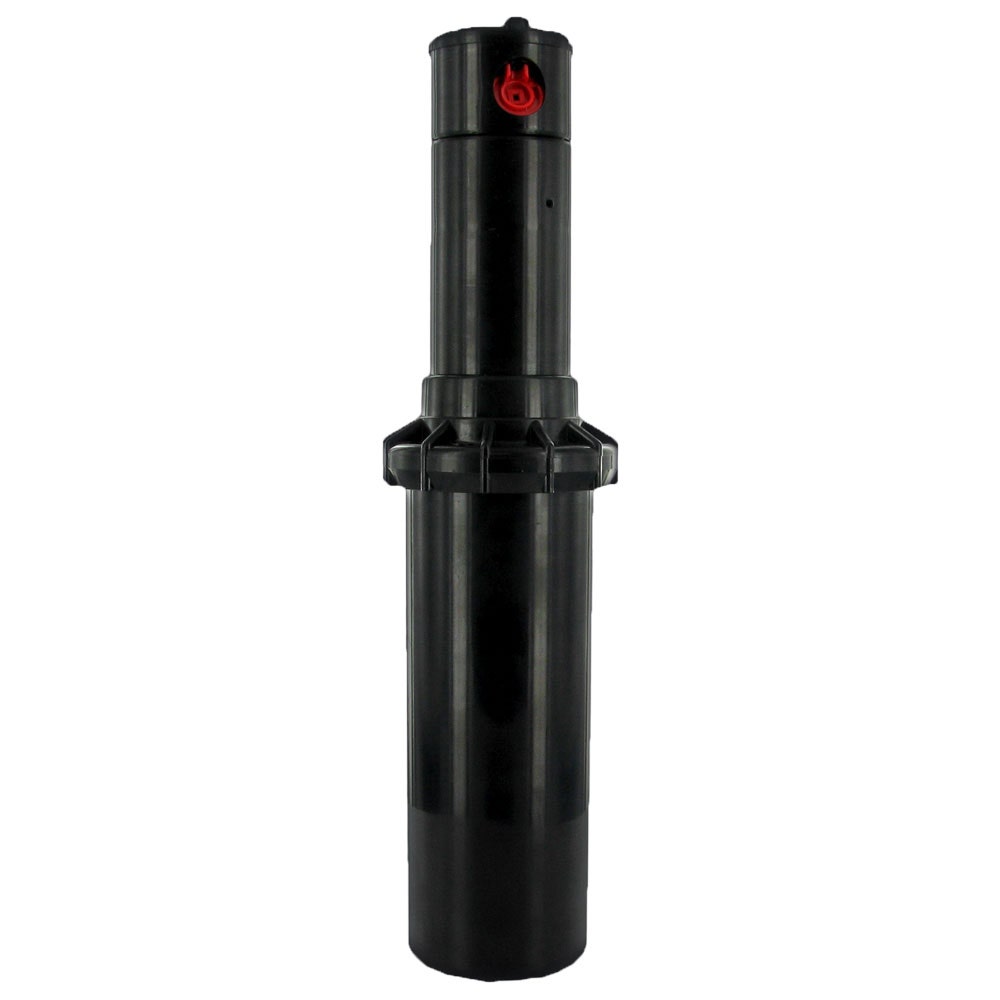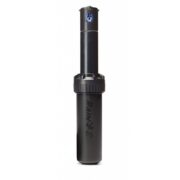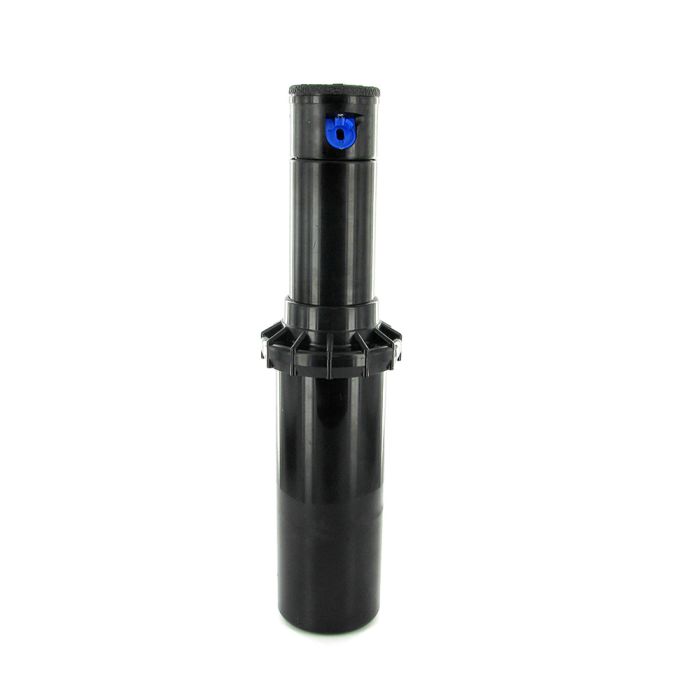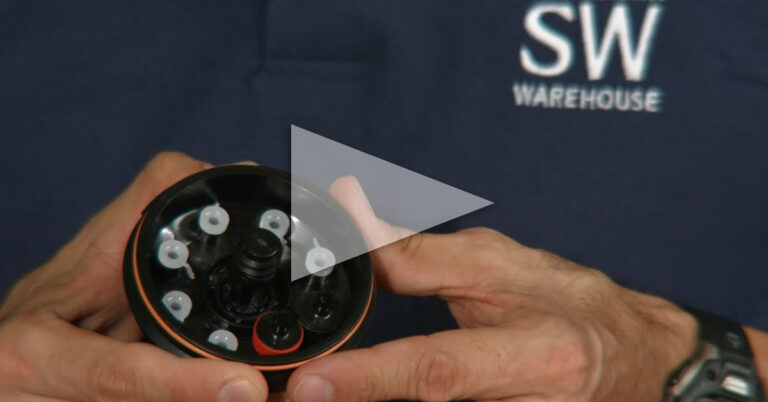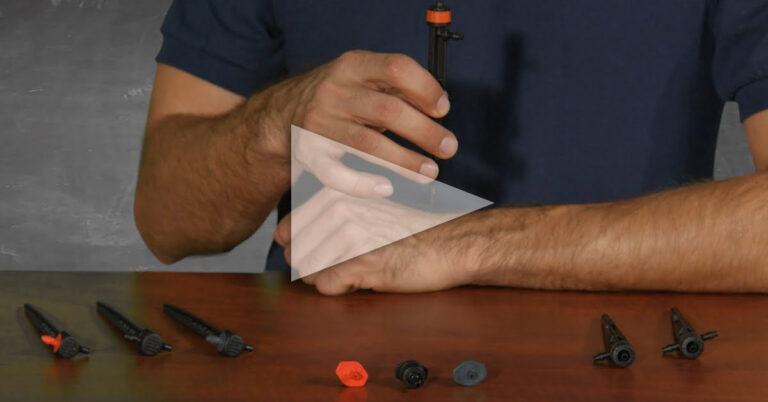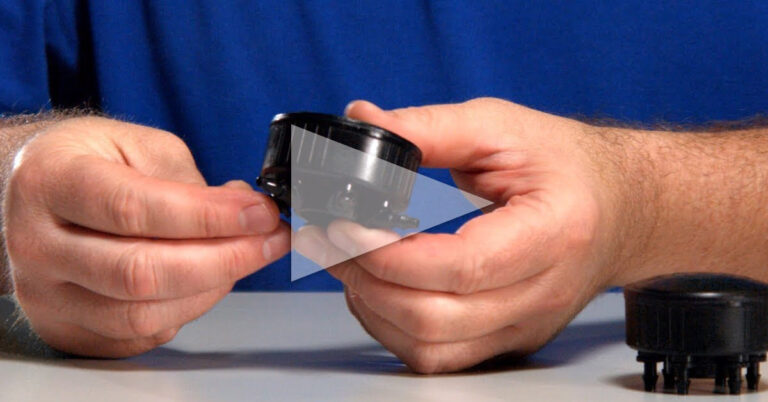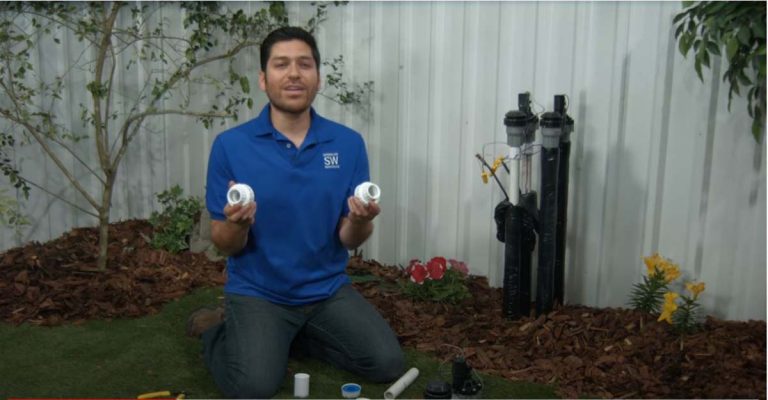Benefits Of Gear Drive Sprinklers
Table Of Contents:
Our Rotor Sprinkler System Fits Any Landscaping Goal
Fit Your Irrigation Systems With An Efficient Watering Pattern
Pop-Up vs. Shrub Sprinkler Heads
A Nozzle For Every Need
Top 5 Gear Drive Sprinkler Models
Gear drive sprinklers are the assistants you wish you could take with you everywhere-yes, they’re that good. Often referred to as rotors, gear drive sprinklers tend to a large area without wasting water and, as a result, unnecessarily hiking up your utility bill. A rotor essentially describes various sprinklers operated by rotating streams of water over the landscape. Gear-driven rotors are very silent, rotate smoothly, require lower maintenance, and are smaller in size. Unlike fixed sprinkler heads that operate similarly to a showerhead and are normally used to cover smaller areas, rotors use rotating sprinkler heads to distribute water to the ground via a rotating stream. With top-rated brands such as Rain Bird, Hunter, Toro, and Weathermatic at our disposal, we have the irrigation system tools to satisfy any terrain and operator.
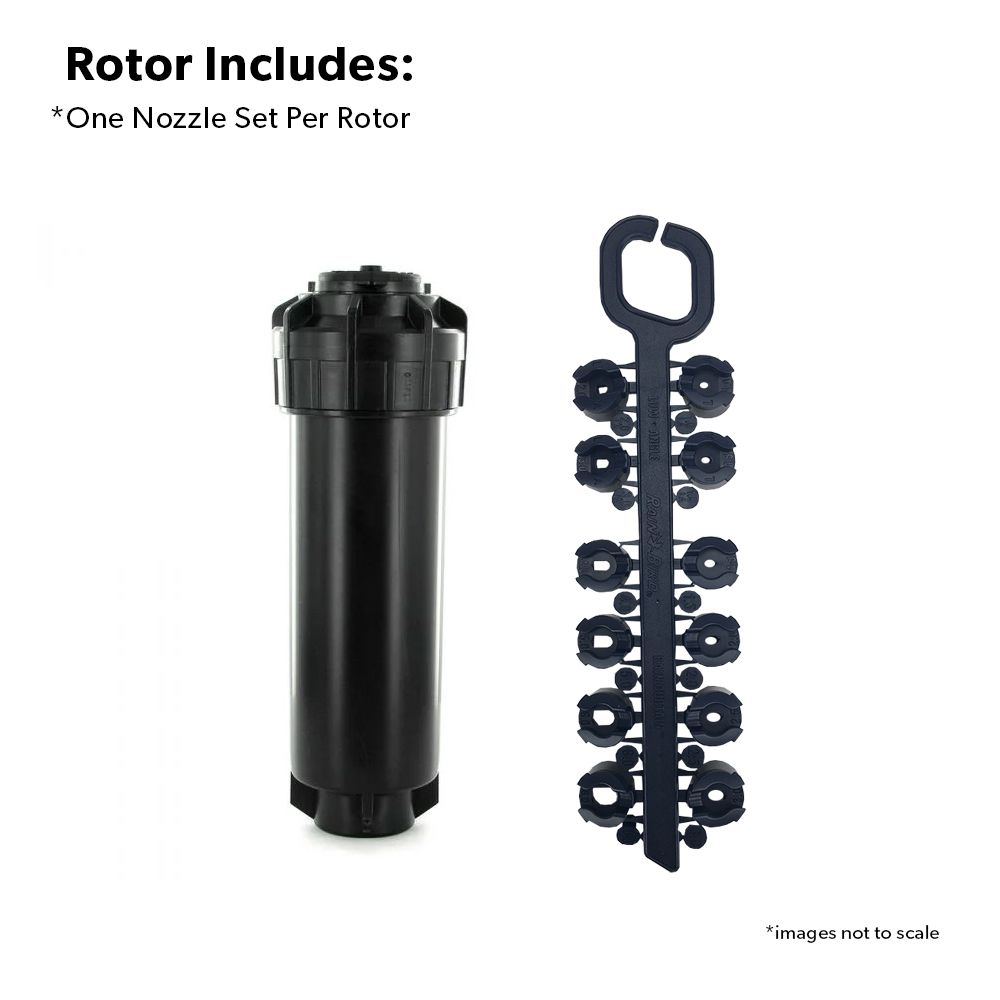
Our Rotor Sprinkler System Inventory Fits Any Landscaping Goal
When thinking about rotating sprinkler systems, impact sprinklers are probably the type to boil to the top of your mind – the sprinklers with a distinct chk-chk-chk-chk-krrrrrrrr-chk-chk-chk-chk sound. A subset of rotary sprinklers, an impact sprinkler is mounted on a bearing that allows that entire sprinkler body to spin in a pattern. These sprinklers have gradually become the less popular of the rotating sprinklers family. While impact sprinklers get the job done and require less maintenance, their spray patterns aren’t the most efficient of the bunch. The spray patterns for impact rotors are mostly random as they tend to throw extraneous water into the air compared to their more updated sibling, the gear drive rotor.
A gear drive rotor has a water stream that operates in a more uniform manner, making it the optimal and more common rotor type. This assessment, however, doesn’t entail a negative experience with the impact sprinklers. In fact, impact sprinkler heads are often regarded as more durable since many are formed from brass. They also have an upper hand in the “less maintenance” department. Since gear drive sprinklers are more modernized, they require regular maintenance when stacked against impact sprinklers. As with most instances, opting for a particular sprinkler type is dependent on your situation, with lawn size, frequency of use, and “how-often-do-I-have-to-mess-with-it” assuming priority for your sprinkler head purchasing agenda.
Fit Your Irrigation Systems With An Efficient Watering Pattern
How can a gear drive rotor ensure efficient water conservation while also releasing more water pressure? Guaranteeing reliable, fruitful results, a rotor’s sprinkler head is a gift reserved for large areas ranging from 18 to 55 feet. If you’re working with a smaller area, your more run-of-the-mill fixed spray head is fiscally your best option. However, if you do need to cover more ground, a gear drive sprinkler system is a ready-made weapon that can constructively enhance your irrigation approach. You can even further regulate the water pressure on a gear drive sprinkler head by enabling a set timer.
The spray pattern behind a rotary-steered sprinkler head is relatively simple. Water enters the base of the sprinkler. From there, it flows through a filter screen and then through a turbine. Next, the water turns the turbine, powering a set of gears that rotate the sprinkler nozzle. The water then courses through the body and exits through the sprinkler head, watering the desired location without releasing irrelevant water droplets.
Pop-Up vs. Shrub Sprinkler Heads
Rotor body sprinkler systems come in two basic styles: “pop-up” and “shrub.” Appropriately named, pop-up sprinkler heads are lifted up above the ground on a riser during the sprinkler’s operation. Once its irrigation duties are complete, the riser and nozzle are pulled by a spring back down into the sprinkler body. Since the body is usually installed below ground, the sprinkler becomes more or less invisible when in the “down” position, leading to two advantages. First, the sprinkler does not detract as much from the appearance of the landscape. Second, the sprinkler is not as likely to trip someone or be damaged by yard care equipment such as lawnmowers.
A Nozzle For Every Need
The nozzles for gear drive sprinkler heads can typically be replaced with one of the several sizes we have in stock. Many of our rotor-type sprinklers come with a set of nozzles rather than a single nozzle. Multiple nozzles are beneficial as you can change to a different nozzle size if needed to help balance your system. For instance, if you have a dry spot on your grass between rotors, you might be able to give it some green by installing a larger nozzle on your sprinkler system.
Though they require regular maintenance compared to irrigation systems with a fixed sprinkler head, impact sprinklers and gear-driven rotors come highly recommended. If you’re tossing between these two types, it would behoove you to consider the size of the watering zone. Regardless of your landscaping demands, Sprinkler Warehouse’s menu of impact rotors and gear drive sprinklers are the tools you need to provide your landscape with the utmost care and nourishment.
Top 5 Gear Drive Sprinkler Models:
Hunter Rotor 4 in.
Rain Bird 5000 Rotor 4 in.
Hunter PGP ULTRA Rotor 4 in.
Signature Rotor 4 in.
Hunter I-20 Rotor with Check Valve 4 in.
FAQ
Are rotor sprinklers better than impact sprinklers?
Your sprinkler system purchase is contingent on your situation. Since rotary sprinklers are steered by internal gears that disperse the water exactly where you want it in the desired volume, they’re the best sprinkler types for water conservation. Impact sprinklers, on the other hand, tend to cover more area than a single rotor sprinkler head and require less upkeep.
When should you use gear-driven sprinklers?
Gear-driven sprinklers, or rotor sprinklers, are reserved for those who need to address medium to large lawns with an irrigation system that can supply a PSI above 30. Some medium-sized rotor sprinklers can provide a minimum throw of 15 feet and can cover up to 200 square feet.
What is the ideal spacing between sprinkler heads?
The spacing between sprinklers depends on the sprinkler head’s rating, usually 15 feet. The recommended minimum spacing between two sprinklers is 6 feet.
Related Articles
What Are Impact Sprinklers?
How To Adjust Rainbird Sprinkler Heads
A Guide To Annual Rotor Maintenance
Recommended Rotors From Sprinkler Warehouse
How To Install An Irrigation Spray Or Rotor






















